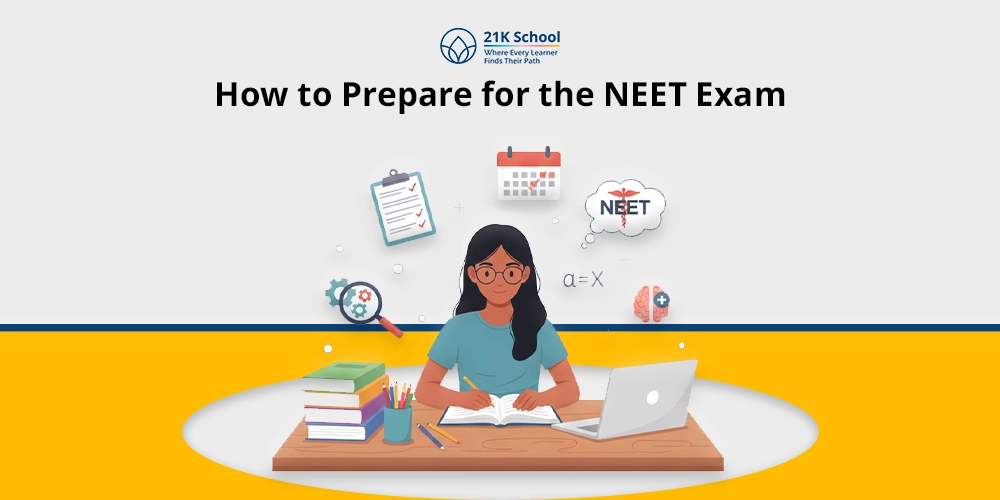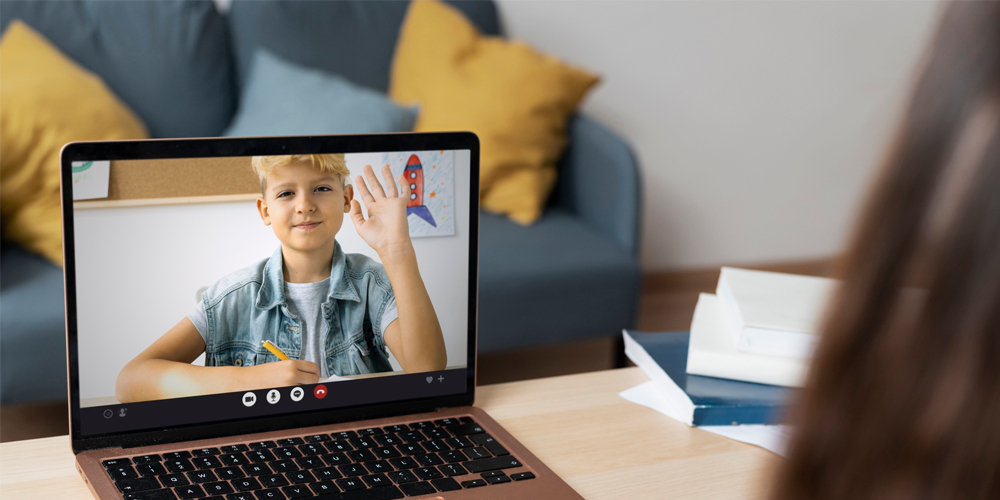
Now at a time when technology is interwoven into the fabric of our everyday existence, education has also embraced digital transformation. Flexible education delivery, which is a way to describe remote learning, commonly referred to as online or distance learning, has seen an immense rise, especially in a time of global disruption. Understanding the need for time and learners, platforms like 21K School have brought the entire school home. It is a homeschooling platform that provides a structured and flexible learning environment for students across the globe.
Contents
Definition of Remote Learning
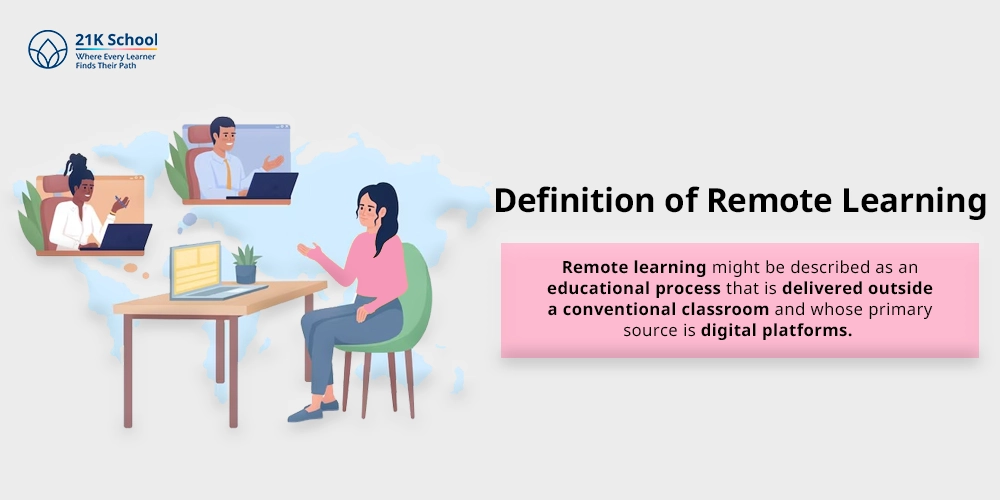
Remote learning might be described as an educational process that is delivered outside a conventional classroom and whose primary source is digital platforms. This method uses the internet, a learning management system (LMS), and different multimedia sources as the material for teaching. Remote learning can be synchronous where the students and the teacher are connected live and asynchronous too where the students can learn and study at their own pace.
Key Components of Remote Learning
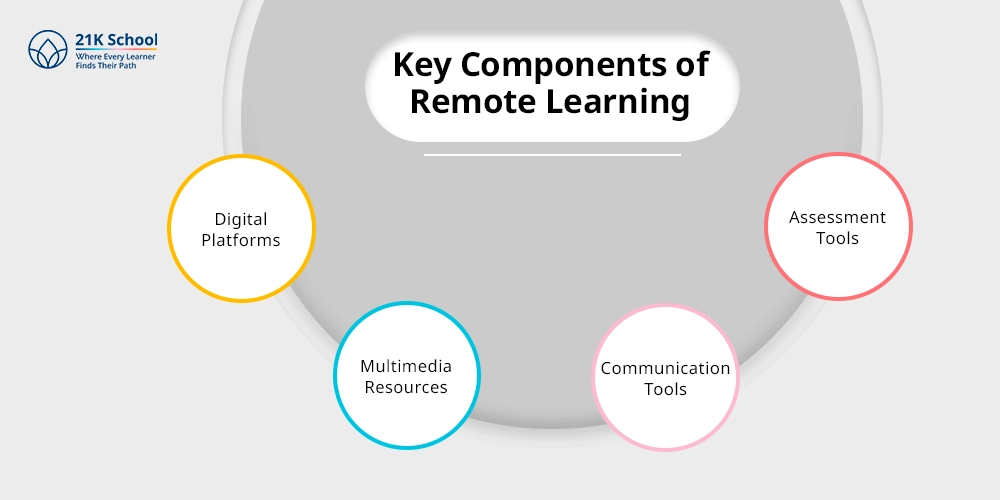
Digital Platforms:
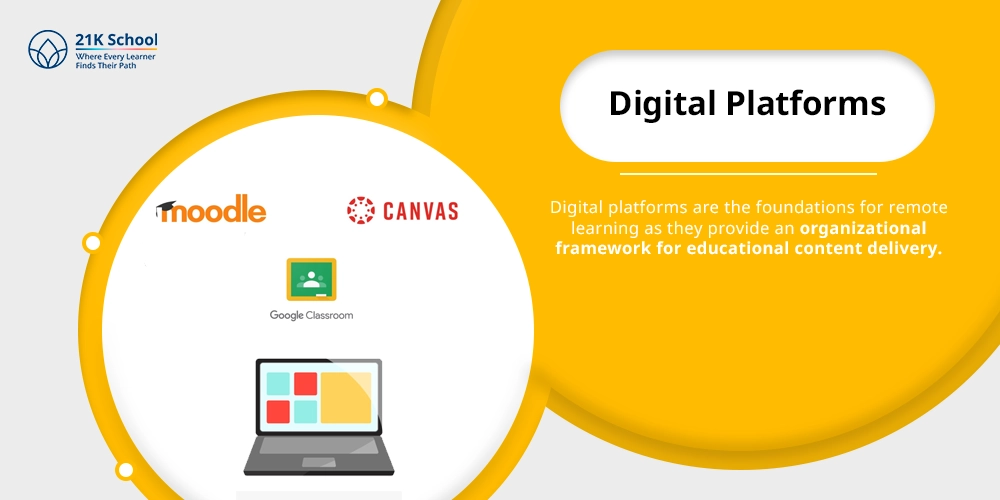
Digital platforms are the foundations for remote learning as they provide an organizational framework for educational content delivery. These comprise Learning Management System (LMS) like Moodle, Canvas, or Google Classroom which also assist with things like course management, checking on the student’s progress, and sharing materials.
Multimedia Resources:
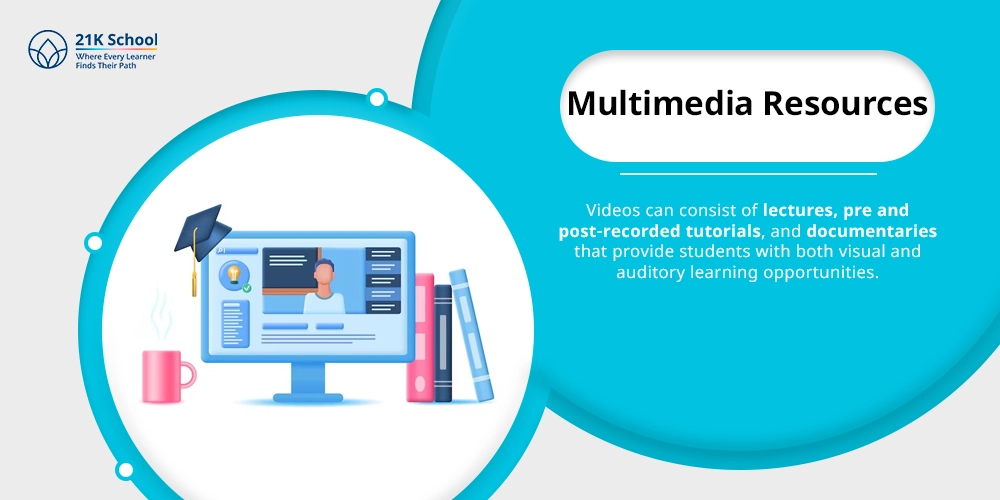
In the case of remote learning, multimedia resources are predominant since they help to diversify the learning process and make it more vivid and engaging. Videos can consist of lectures, pre and post-recorded tutorials, and documentaries that provide students with both visual and auditory learning opportunities. Interactive simulation make the students actively involved in the exploration of models of real-life science or history situations that would have been hard to grasp otherwise.
Communication Tools:
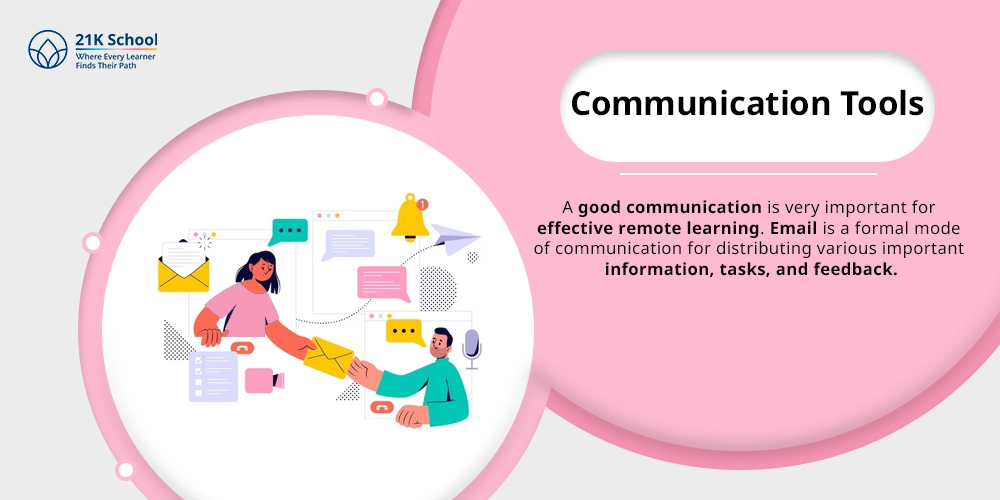
A good communication is very important for effective remote learning. Email is a formal mode of communication for distributing various important information, tasks, and feedback. Discussion forums on the other hand allow students to discuss the topics and subjects in which they show interest in. The new and existing chat systems including the instant messaging apps and the specific classroom messenger can enrich students’ experience because in these applications communication is real-time, which means that students can ask questions, share some ideas, or discuss with each other and teachers at any time.
Assessment Tools:
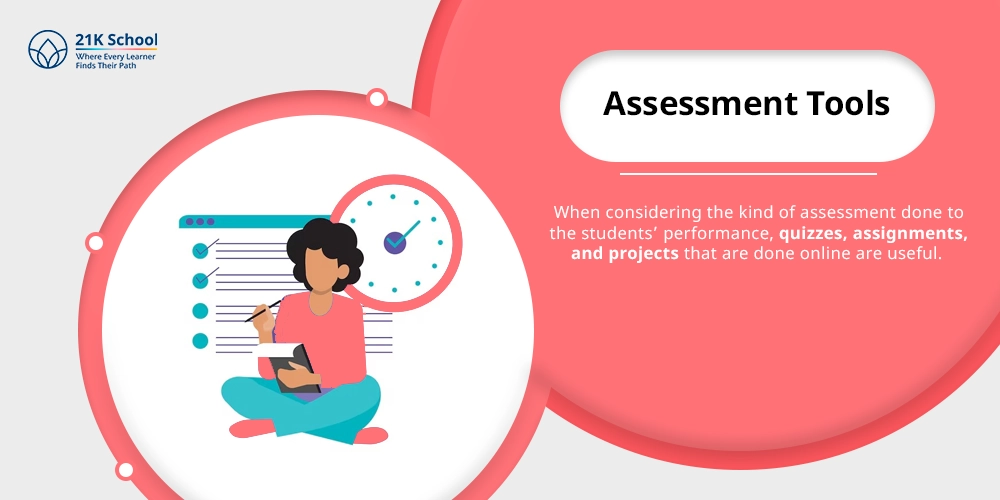
Assessment tools are crucial for the overall student’s progress control and effective learning objectives. When considering the kind of assessment done to the students’ performance, quizzes, assignments, and projects that are done online are useful. It is also noteworthy that modern digital platforms include automated grading systems and plagiarism check facilities to ensure the work is done with honesty and enhance the efficiency of evaluation.
What are the Benefits of Remote Learning?
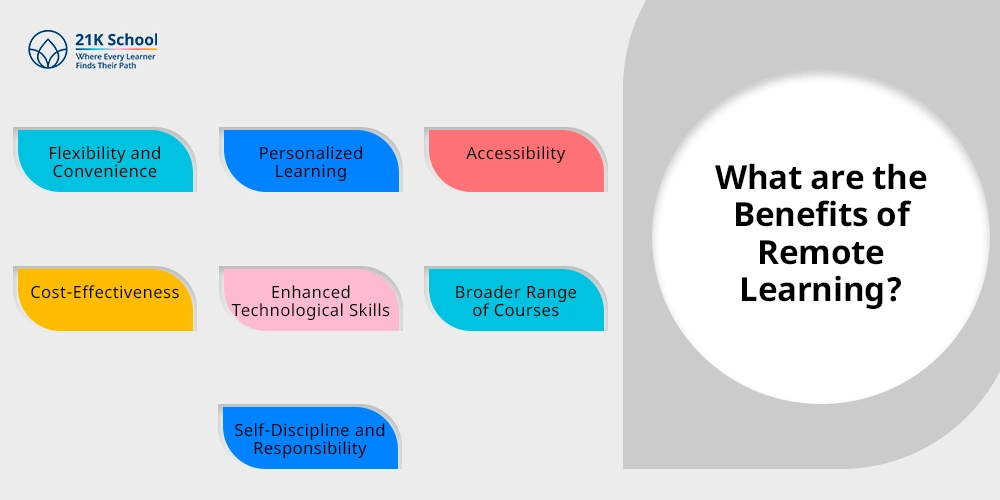
Flexibility and Convenience
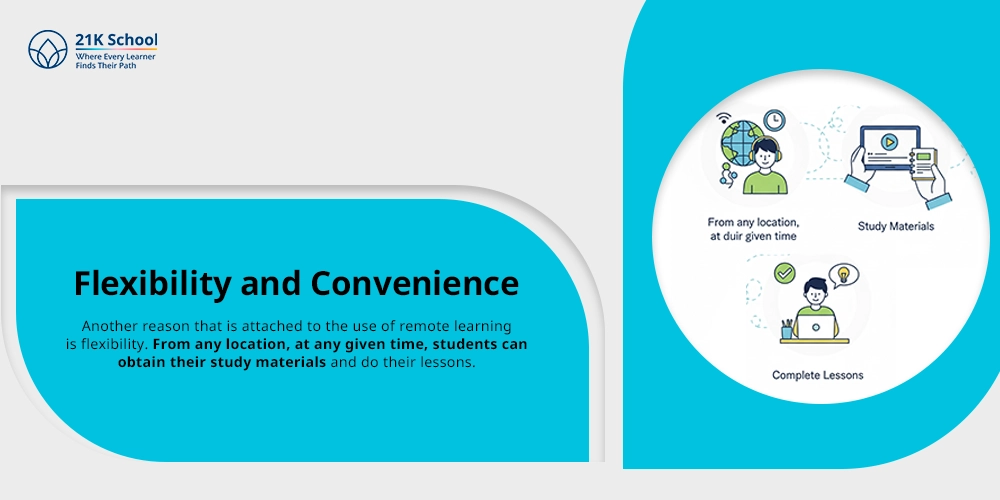
Another reason that is attached to the use of remote learning is flexibility. From any location, at any given time, students can obtain their study materials and do their lessons. This convenience is very helpful for students who for example work, and have other responsibilities during the day.
Personalized Learning
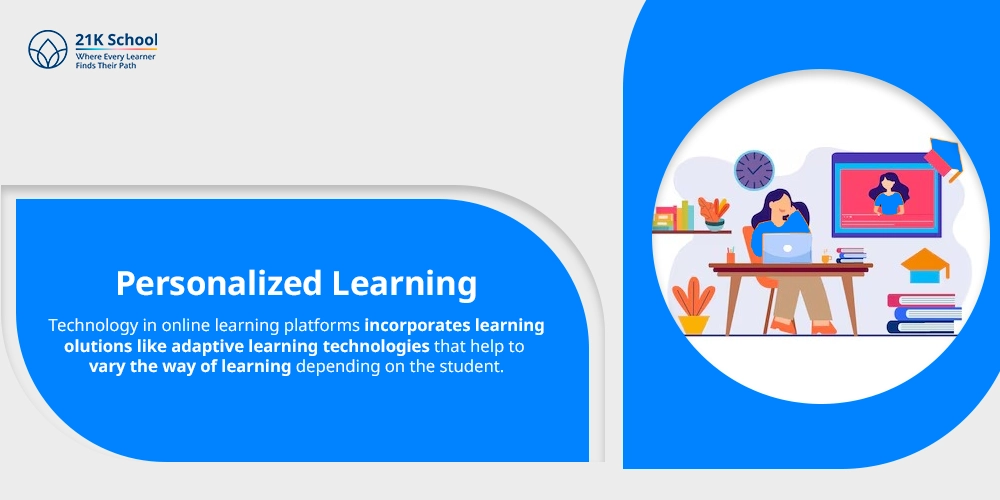
Technology in online learning platforms incorporates learning solutions like adaptive learning technologies that help to vary the way of learning depending on the student. Thus, learners can easily move up the lessons at their pace, mastering the areas that offer them a pretty strong challenge and quickly moving through the concepts they find easy.
Accessibility
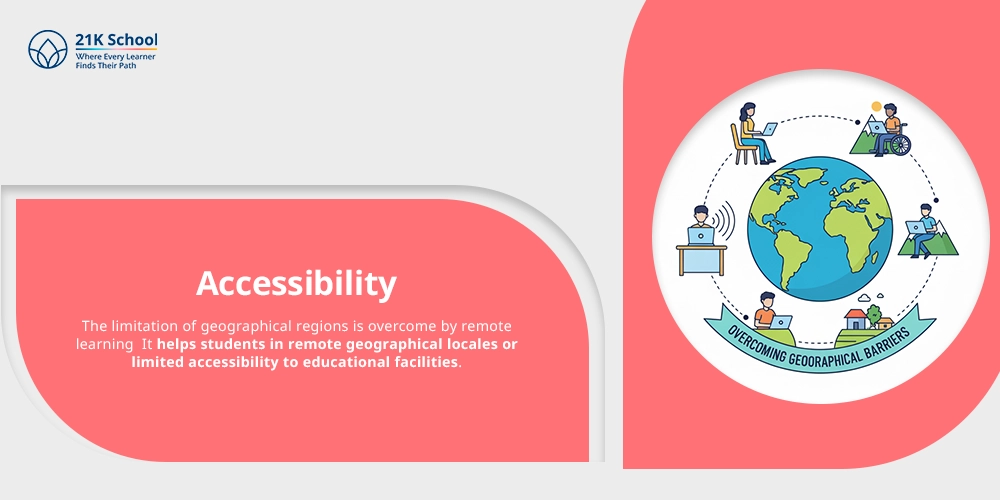
The limitation of geographical regions is overcome by remote learning. It helps students in remote geographical locales or limited accessibility to educational facilities. It also adapts to each learner’s unique requirements and provides facilities for disabled students through considerate settings and easing devices.
Cost-Effectiveness
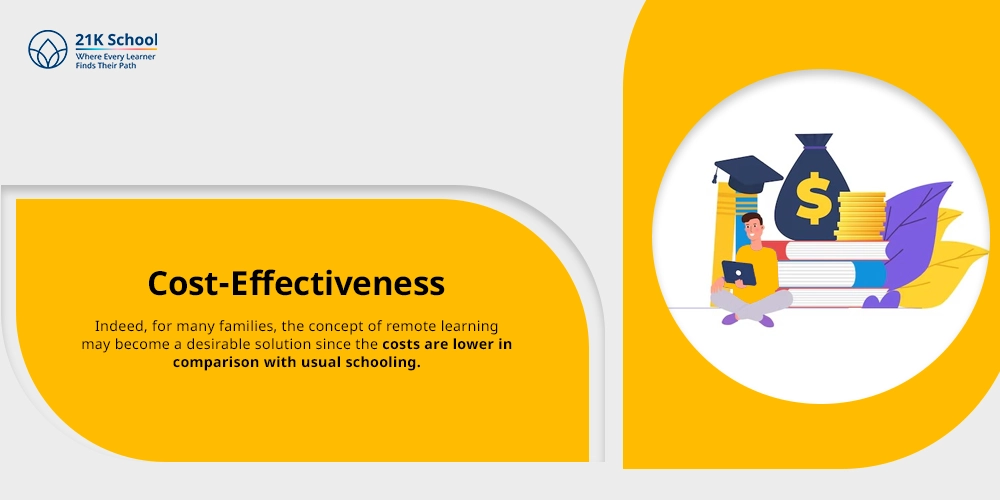
Indeed, for many families, the concept of remote learning may become a desirable solution since the costs are lower in comparison with usual schooling. It also eliminates commuting to school, wearing uniforms, and the use of physical textbooks, which cuts down the costs of education immensely. Also, the cost of most of the online programs is pocket-friendly than that of traditional schools.
Enhanced Technological Skills
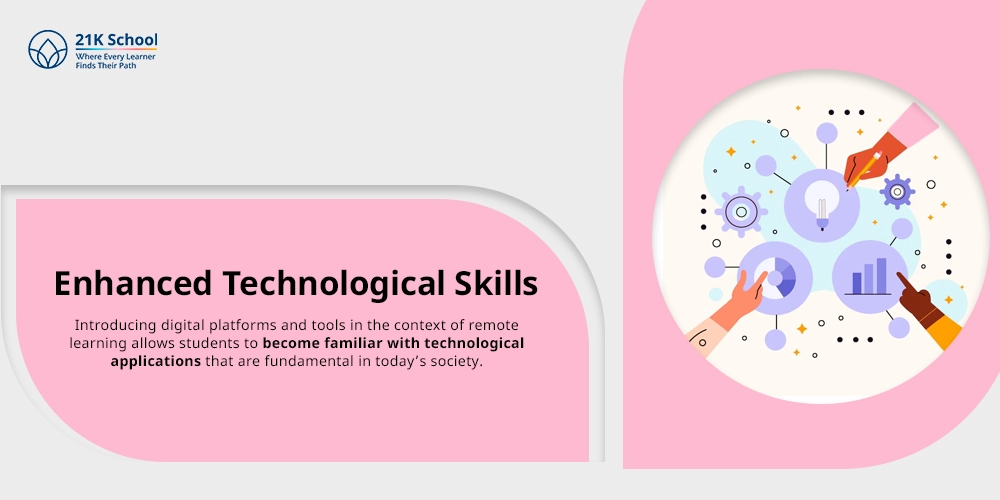
Introducing digital platforms and tools in the context of remote learning allows students to become familiar with technological applications that are fundamental in today’s society. These are important skills in the current society and facilitate the acquisition of future education and employment opportunities.
Broader Range of Courses
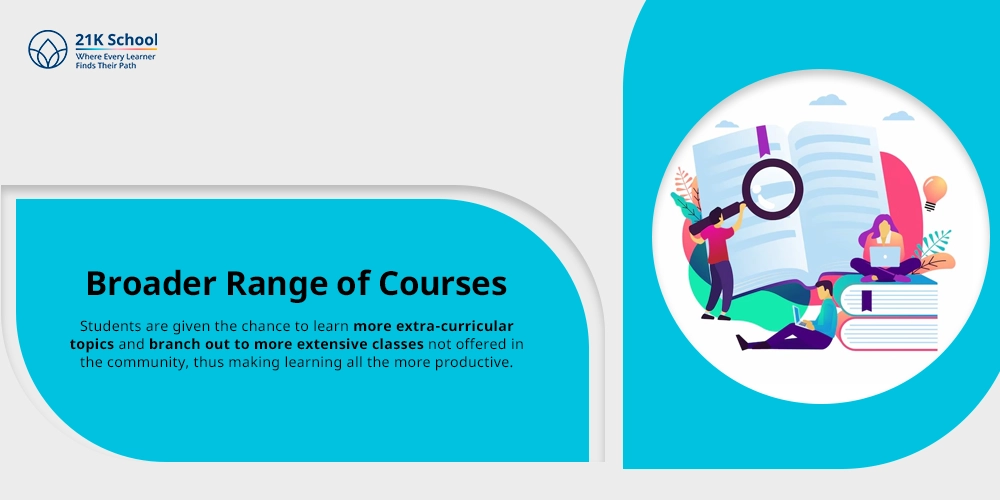
The learning platforms can include many more courses that may physically exist in a standard school. Students are given the chance to learn more extra-curricular topics and branch out to more extensive classes not offered in the community, thus making learning all the more productive.
Self-Discipline and Responsibility
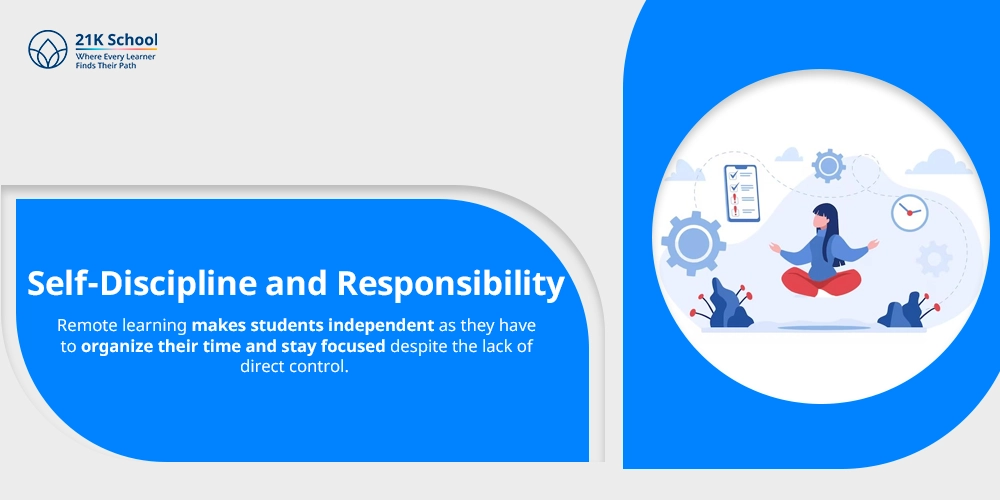
Remote learning makes students independent as they have to organize their time and stay focused despite the lack of direct control. Thus, this approach helps teach responsibility, self-discipline, and self-motivation, all of which are very relevant in an individual’s life.
Challenges and Considerations
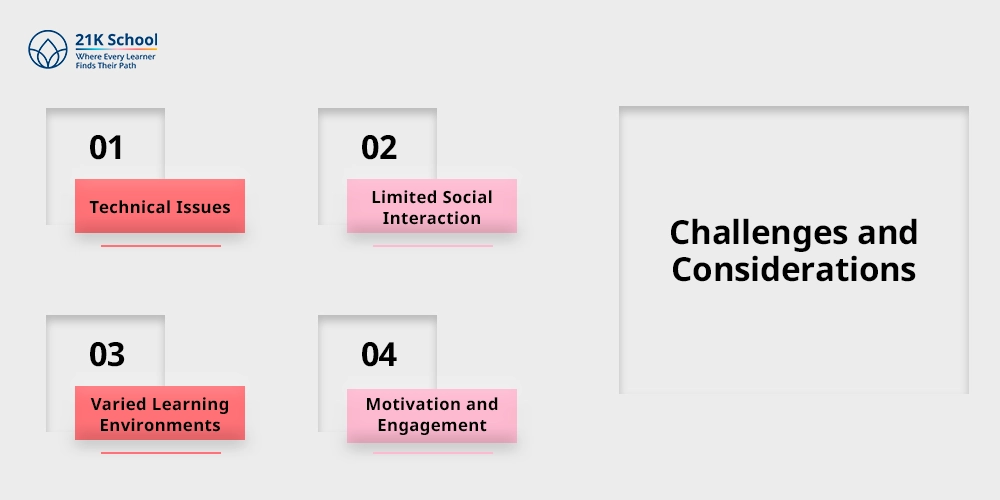
Technical Issues
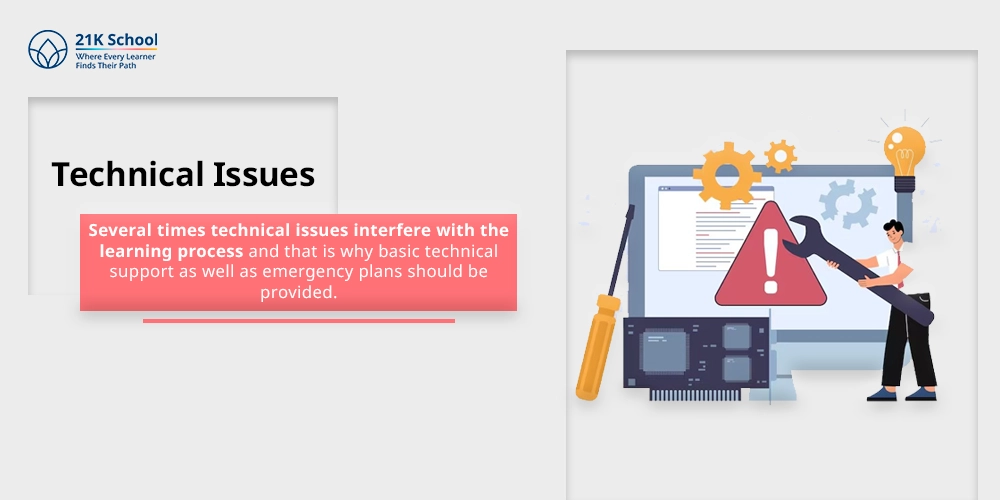
A stable connection and proper equipment are the essentials for remote classes. Several times technical issues interfere with the learning process and that is why basic technical support as well as emergency plans should be provided.
Limited Social Interaction
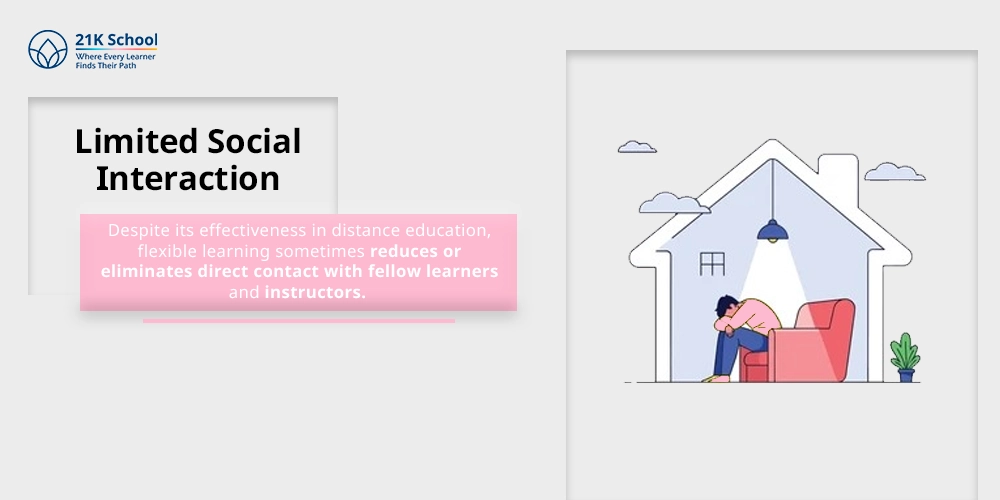
Despite its effectiveness in distance education, flexible learning sometimes reduces or eliminates direct contact with fellow learners and instructors. The students are also able to spend less time interacting with peers and therefore their interpersonal skills may also be affected besides the feeling of loneliness they get.
Varied Learning Environments
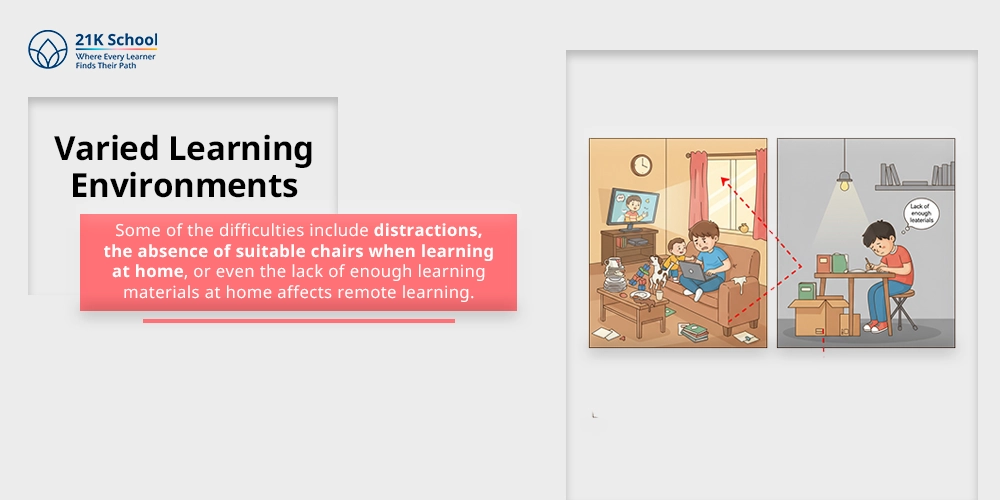
Home environments differ and not all the students have proper study space or place to study. Some of the difficulties include distractions, the absence of suitable chairs when learning at home, or even the lack of enough learning materials at home affects remote learning.
Motivation and Engagement
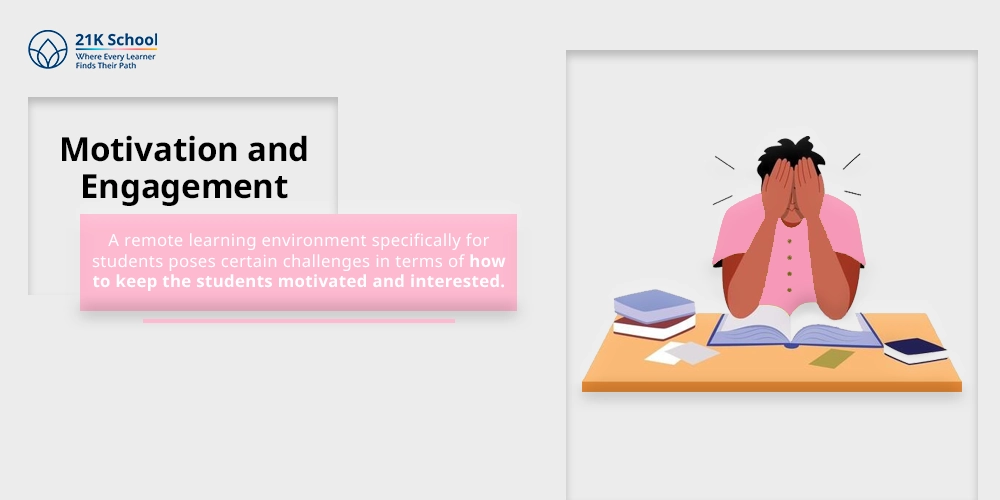
A remote learning environment specifically for students poses certain challenges in terms of how to keep the students motivated and interested. Teachers have to adopt efficient classroom techniques by presenting the content in a way that will ensure students’ attention and contribution.
Conclusion
Remote learning refers to a major revolution in the current practices of education especially with the kind of learning being offered by platforms such as 21K School. One of the advantages of online/remote learning that it provides is flexibility, ease of access as well as ability to attend to a variety of students’ needs. Nevertheless, it must be noted that there are some obstacles to address in the course of remote learning; at the same time, they are partially overshadowed by remote learning advantages, which is why this form of education is viable and even preferred at times. With the increase in technological inventions on the use of the internet in learning and classes, remote learning presents a great prospect in enhancing the mode of learning education across the globe.


